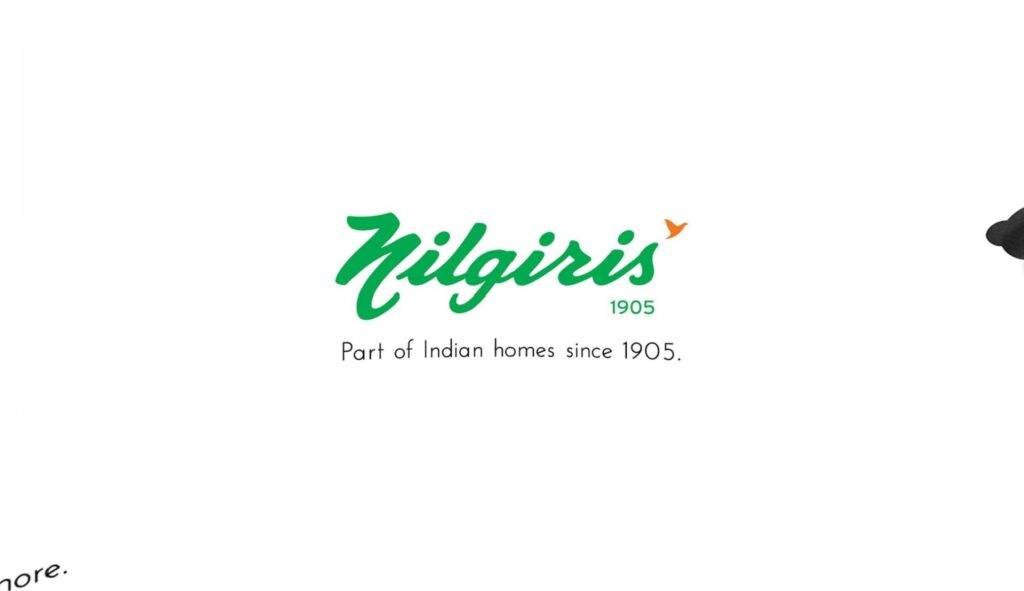Trends Shaping the Indian Pet Industry

Several factors – demographic, social and behavioral are changing the way pets are being looked at in India.
As various demographic trends play out, India continues to evolve, bringing new developments and consequences into our daily lives.
Some of these trends have an effect on the burgeoning pet-care industry. Several demographic factors are shaping the future of pet care, whether it’s a willingness to own multiple animals, a tendency to treat pets as starter children, or our ever-increasing digital dependence. Here’s a closer look at what’s going on.
Parenthood
Pets are viewed by many young people as a form of parenthood or a way to prepare for parenthood.
For years, young people have put off marriage and having children until later in life. However, unlike starting a family and purchasing a home, pet parenthood does not have to wait. Pet ownership is popular among millennials, who see it as a way to experience some of the responsibilities of child rearing.
Replacement
Pets are taking the place of departed children among Baby Boomers.
Millennials aren’t the only high-earning, childless segment of the population who are becoming more interested in pets. Pet parents are becoming more common among baby boomers whose adult children have gone off to college or work. Part of the increase in this demographic can be attributed to a growing awareness of the health benefits of pets and animals, particularly among the elderly. When it comes to pet care, boomers (who have higher incomes than Millenials) are the biggest spenders.
Companionship
Many parents are bringing home pets for their kids
Many parents are adopting pets for their children as their children’s consumption of digital content and time spent on devices continues to rise. In a variety of ways, pets can assist in the development of positive social skills and relationships. Pets and their owners form a bond that teaches compassion and consideration for other living things. These abilities can be applied in children’s day-to-day interactions with others. A pet can be an excellent starting point for children who are shy or have difficulty interacting with others in social situations. Physical exertion is also induced through play and exercise.

Multiple Pets
The number of people who own multiple pets is increasing.
Pet parents in general are increasingly expressing a desire to have multiple animals. These pet owners, particularly those who have multiple dogs, are known for their willingness to spend money on their pets. One of the justifications is that one pet should not be bored (this is usually seen in dogs)
Pandemic Implications
Companionship in the Pandemic
Since meeting other people is difficult apart from the other issues many people are adopting pets due these to restrictions.
Many people unwittingly set themselves up for better mental health during the pandemic by doing this for the animals. Aside from the stress-relieving benefits of pets having a pet can be a powerful motivator for health-promoting behaviors like eating well and going for walks.
Bending, reaching, ambulating, and using both arms in a functional manner to provide food, water, and grooming can help pets achieve their physical rehabilitation goals. These basic animal-care activities provide exercise, which is critical for people who spend their days sitting.
Behavourial
Rapid urbanization, combined with rising disposable incomes and the shift to nuclear families, are driving more people to get pets.
- Humanization -a dog used to be treated as a guardian and stood outside the house for many years. This is changing, particularly in cities, as the dog has evolved into a companion animal and a member of the family. This treatment of pets more like people is called “humanization.” The days of “outside dogs” who just “look after themselves” are largely gone.
- Premiumization – Rising disposable income, humanization trends, and increased health and wellness awareness are resulting in pet parents becoming more aware. They are increasingly looking for premium and natural offerings for their pets, narrowing the gap between pet and human food.
To capitalize on this, pet food manufacturers are offering premium products that are high in high-quality vitamins and minerals, as well as increased health benefits.



